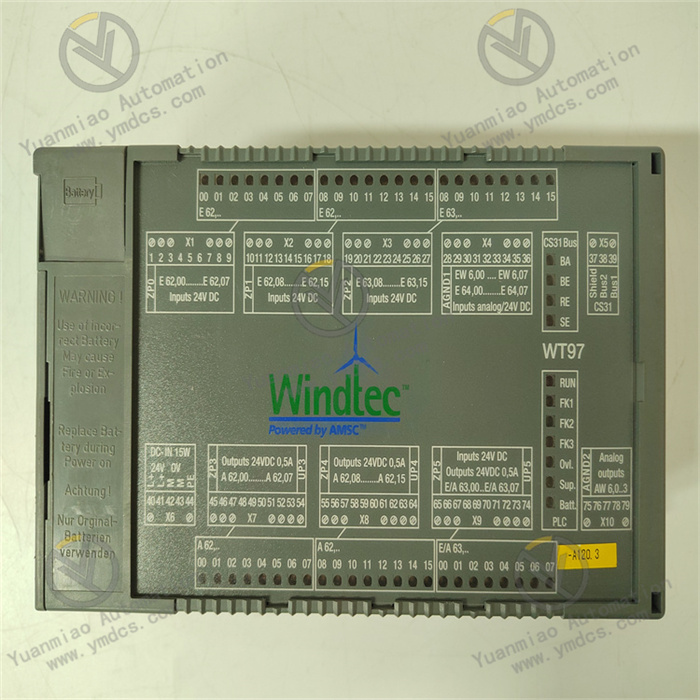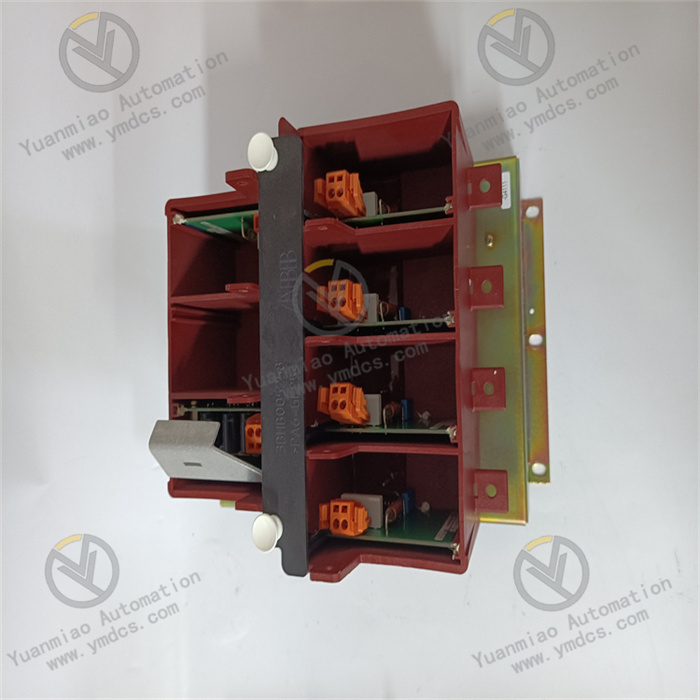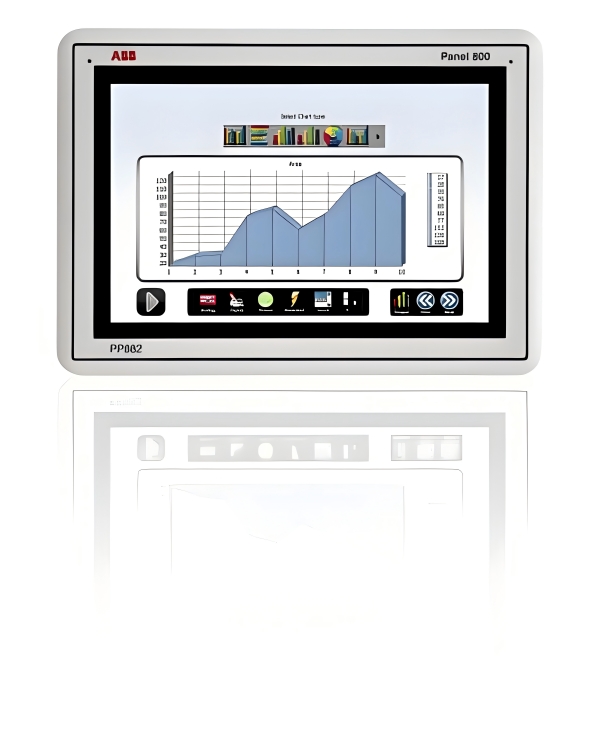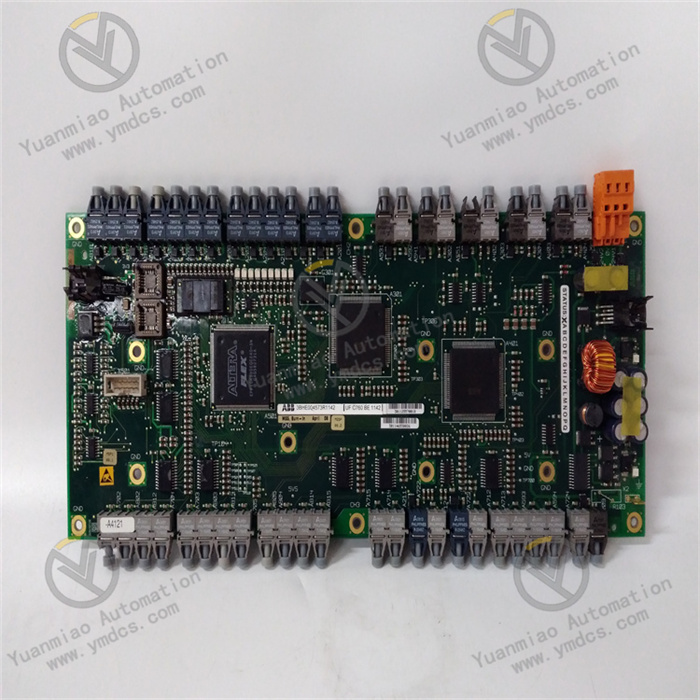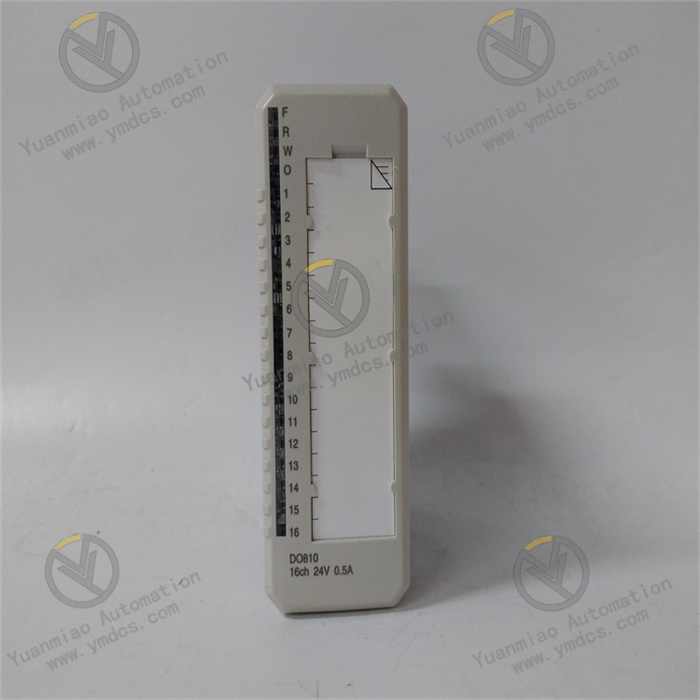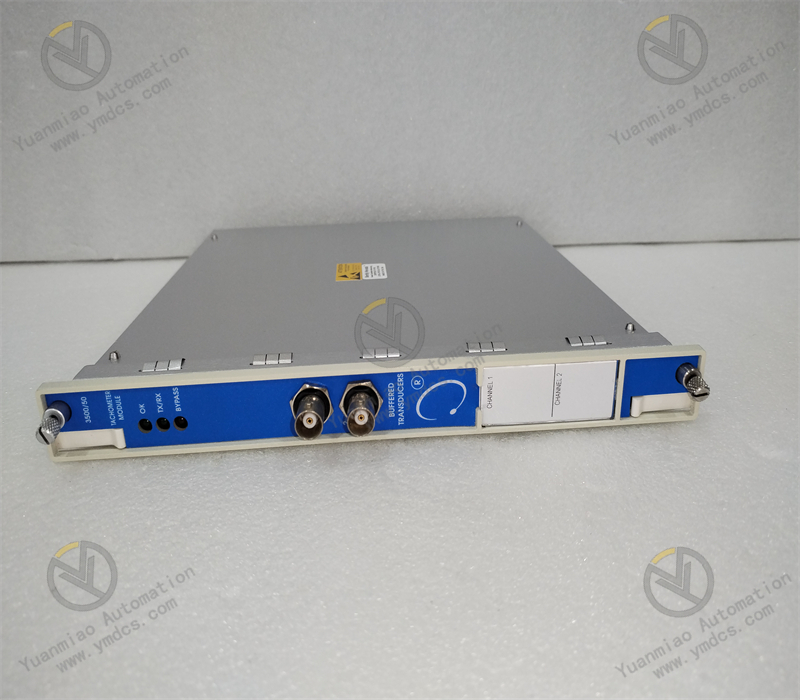Description
GE H201Ti
I. Product Overview
GE H201Ti is a high-performance Dissolved Gas Analysis (DGA) monitor specially designed for transformer fault monitoring. Leveraging General Electric (GE)'s profound technical accumulation and rich practical experience in the energy field, H201Ti is committed to ensuring the stable operation of transformers through precise monitoring of dissolved gases in transformer oil, playing a crucial role in ensuring the reliable power supply of power systems. Its core design concept focuses on early fault warning to reduce the risk of unplanned power outages caused by sudden transformer faults and ensure the continuity and stability of power supply.
II. Functional Features
Continuous real-time monitoring: H201Ti has excellent continuous monitoring capability, which can keep an eye on the dynamic changes of dissolved gases in transformer oil at all times. This uninterrupted data collection mode provides a solid data support for the predictive maintenance and health status assessment of transformers, just like an tireless "guardian" that does not miss any clues that may indicate potential problems of transformers.
Early fault warning: Through in-depth analysis of the concentration and change trend of dissolved gases in oil, H201Ti can Acute ly capture the signs of early internal faults of transformers. For example, when abnormal situations such as local overheating and discharge occur inside the transformer, it will cause the insulation materials to decompose and produce specific gases. H201Ti can timely detect the changes in the composition and content of these gases, issue an alarm to the operation and maintenance personnel in advance, strive for valuable time for timely maintenance measures, and effectively avoid further damage to the equipment and possible safety accidents.
High-precision gas detection: The monitor is equipped with a standard HYDRAN® sensor, a thermal regulation system, and a microprocessor-based electrical transmitter, forming a powerful gas detection system. Taking hydrogen (as a key indicator of general fault gases) as an example, its detection accuracy is excellent. The advanced fuel cell sensor technology adopted can achieve high-precision measurement of various gases closely related to transformer faults, such as hydrogen, carbon monoxide, acetylene, and ethylene, with a detection accuracy of ±10% of reading ±25 ppm (H₂ equivalent), ensuring that even extremely small changes in gas concentration can be accurately captured.
Wide environmental adaptability: In actual application scenarios, transformers are located in complex and diverse environments, and H201Ti shows strong adaptability. It can handle cold outdoor substations, high-temperature indoor distribution rooms, and substations near industrial plants with high humidity. The operating temperature range covers -20℃ to +85℃, and the relative humidity can adapt to 5%-95% (non-condensing) environmental conditions. It can be directly and conveniently connected to the dissolved gas monitoring valve of the transformer through a brass adapter, with simple installation, suitable for transformers of different types and specifications, without complex additional pipelines or pumps and other auxiliary facilities, greatly improving the convenience and flexibility of on-site application.
Remote monitoring and data recording: H201Ti not only supports local operation and data viewing but also has a complete remote monitoring function. It is equipped with local and remote alarm functions, which can trigger alarms at predefined gas concentration levels or rate of change thresholds according to actual needs to timely notify operation and maintenance personnel. At the same time, with the RS-485 (terminal block) communication interface (isolated to 2000 Vac RMS), supporting Modbus or Hydran protocol, it can easily realize remote connection with the upper computer or monitoring center, enabling operation and maintenance personnel to remotely view gas readings and change trends anytime and anywhere, and realize real-time control of the transformer's operating status. In addition, the monitor also has a local data recording function for up to one year and the ability to record major events in detail. These historical data provide rich and valuable materials for in-depth analysis of transformer fault causes, summary of fault rules, and optimization of maintenance strategies.
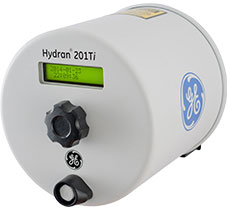
III. Technical Parameters
Electrical parameters:
Power input: Adapted to common industrial AC power supplies, supporting 100-240V AC, 50/60Hz wide voltage range input, meeting the power access needs of different regions and application scenarios. The power supply design has good stability and anti-interference ability, ensuring that the equipment operates stably in complex electromagnetic environments without being affected by power fluctuations.
Output signals: Provide a variety of output signal options. Analog outputs include 0-1mA non-isolated output (suitable for transmitting high-precision signals with small range changes) and optional 4-20mA isolated output (as a common analog signal standard in the industrial field, with long-distance transmission and strong anti-interference ability). It also supports digital signal output through the RS-485 interface, following Modbus or Hydran protocol, facilitating seamless integration and data interaction with other control systems or monitoring equipment.
Gas detection parameters:
Types of detected gases: Mainly monitor common fault characteristic gases in transformer oil, including hydrogen (detection range up to 0-2000 ppm volume/volume, H₂ equivalent), carbon monoxide (corresponding to overheated paper faults), acetylene (often generated by arcs), and ethylene (related to oil overheating), etc., fully covering the main source gases of main transformer faults.
Response time: It has a fast gas detection response speed. For 90% of step changes, the response time is only 10 minutes, which can quickly capture the sudden change of gas concentration and timely provide key information for transformer fault early warning.
Physical and environmental parameters:
Dimension specifications: The overall design is compact, with an external size of 263×58×28 mm (length × width × height). This small structure enables it to be easily adapted to transformer installation environments with limited space without occupying too much valuable space.
Material and protection: Made of high-quality materials, ensuring that the equipment has good durability and corrosion resistance, and can operate stably for a long time in harsh industrial environments. Although the protection level is not clearly mentioned, it is inferred from its ability to adapt to complex environments that it should have a certain degree of dustproof and waterproof capabilities.
Environmental adaptability: The operating temperature range is -20℃ - +85℃, the relative humidity range is 5% - 95% (non-condensing), and it meets the anti-electromagnetic interference requirements of relevant industrial standards. It can effectively resist the strong electromagnetic field interference generated by high-voltage equipment in substations. Under the electromagnetic interference test conditions specified in the IEC 61000 series standards, it can still maintain normal operation stably, ensuring the accuracy and reliability of gas monitoring data.
IV. Working Principle
Gas sampling link: H201Ti can be directly and closely connected to the dissolved gas monitoring valve of the transformer through a specific brass adapter. It realizes dynamic oil sampling by using the natural flow of oil inside the transformer, without the need for additional pumps or complex pipelines to connect different valves. This clever design allows the dissolved gases in the oil to smoothly and naturally enter the detection area inside the monitor, laying the foundation for subsequent gas analysis.
Sensor detection and signal conversion: The gas entering the detection area will interact with the composite gas sensor inside H201Ti. The sensor adopts advanced fuel cell technology and shows unique response characteristics to different gases. For example, it has 100% response sensitivity to hydrogen, and is also sensitive to gases such as carbon monoxide, acetylene, and ethylene. When the gas comes into contact with the sensitive material in the sensor, it will trigger a series of chemical reactions, resulting in corresponding electrical signal changes (such as changes in current and voltage). These weak electrical signals are immediately captured by the signal conditioning circuit inside the sensor, undergo fine processing such as amplification and filtering to remove noise interference mixed in the signal transmission process, and then converted into standard signals suitable for long-distance transmission and subsequent processing (such as analog voltage or current signals).
Data processing and analysis: The converted signal is transmitted to the microprocessor-based electrical transmitter part. Here, the built-in microprocessor conducts in-depth analysis and calculation of the signal according to the preset complex algorithms and gas concentration models. Through a series of precise operations, the specific composition of the currently monitored gas and the corresponding concentration value can be accurately obtained. At the same time, the microprocessor will real-time compare the latest calculated data with the alarm threshold preset in the equipment to determine whether the current gas concentration state triggers the alarm condition.
Result output and early warning: The processed and analyzed data will be output and displayed through multiple channels. On the one hand, the equipment is equipped with a backlit LCD display (2 lines x16 characters), which can intuitively present the currently monitored gas content value (in ppm) locally, facilitating on-site staff to check the equipment operating status and gas data at any time. On the other hand, according to system requirements, data can be remotely transmitted to the monitoring center or other related control systems through the RS-485 communication interface in accordance with Modbus or Hydran protocol to realize remote data sharing and centralized management. Once the microprocessor judges that the current gas concentration exceeds the preset alarm threshold, H201Ti will immediately trigger the alarm mechanism, and timely notify the operation and maintenance personnel through local and remote alarm functions, such as sound and light alarms and outputting alarm signals, so that corresponding measures can be taken quickly. In addition, the equipment also has the function of automatic self-inspection every 15 days. If a fault is detected during the self-inspection, it will immediately trigger a service alarm to remind staff to carry out equipment maintenance and repair.
![]()




